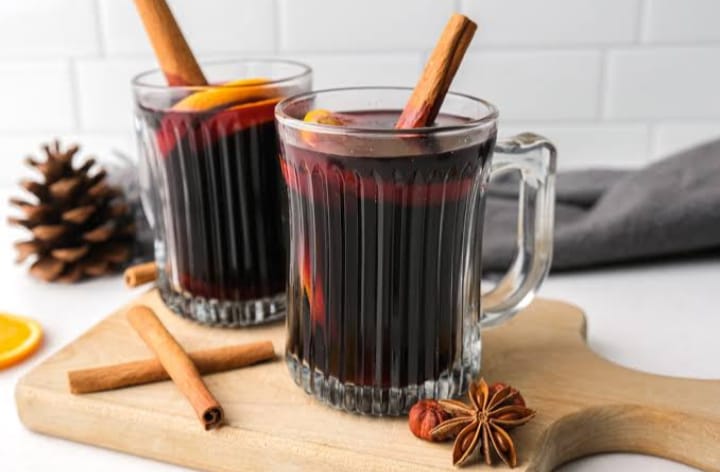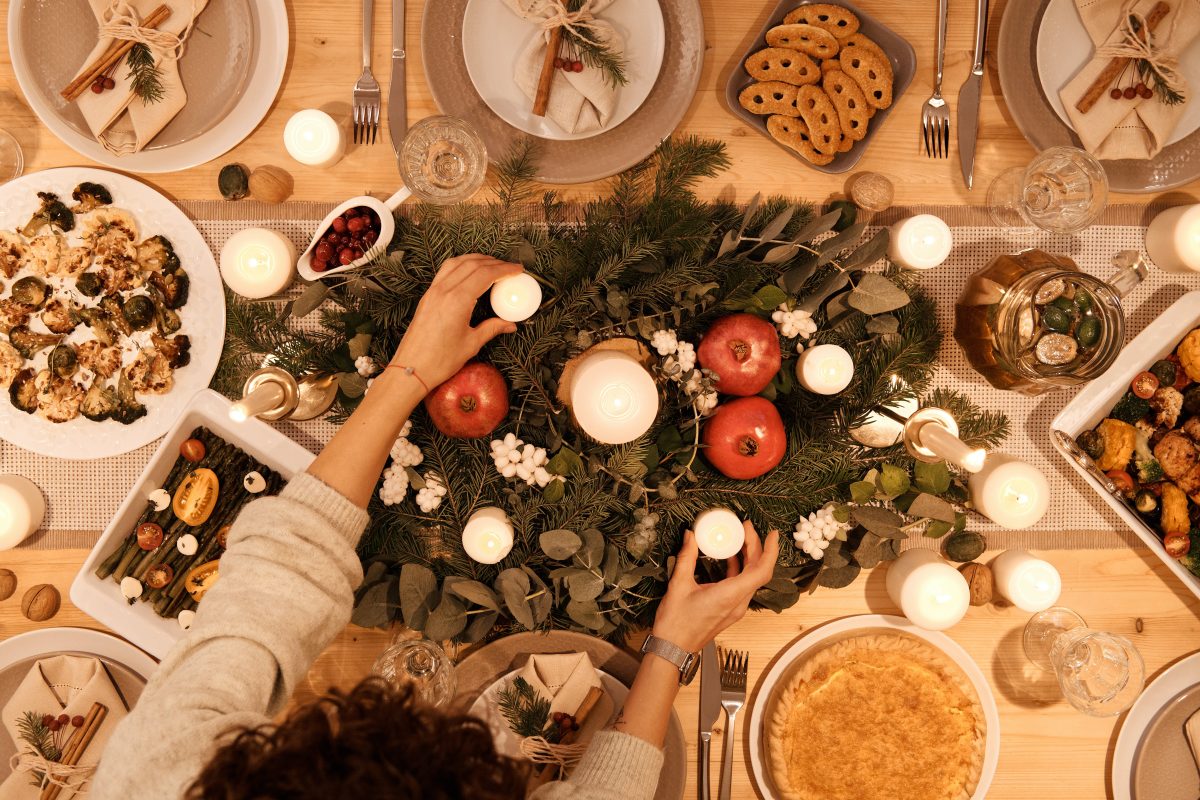
Germany celebrates Christmas with a wealth of traditions, and the holiday meal mirrors the diverse cultures of the country. Some well-loved Christmas foods include roasted goose, gingerbread, potato salad, Christmas strudel, and mulled wine. Each area contributes its own special way of preparing these dishes, resulting in a mix of flavors and traditions. Here are 5 Christmas culinary traditions in Germany:
Roast Goose
The classic German Christmas feast revolves around a central and time-honored dish: the roast goose. The larger and more succulent the bird, the more esteemed it becomes during this festive season. Similar to many other countries, each German family has its own special recipe for preparing this delicacy. The Hausfrau, or German housewife, upholds a unique tradition by infusing personal touches, such as baking with plums and apples, soaking in wine, or serving with dumplings. These dishes have the power to tantalize the senses even before they are savored.
Read also: Master Key German Words and Phrases for Christmas Greetings
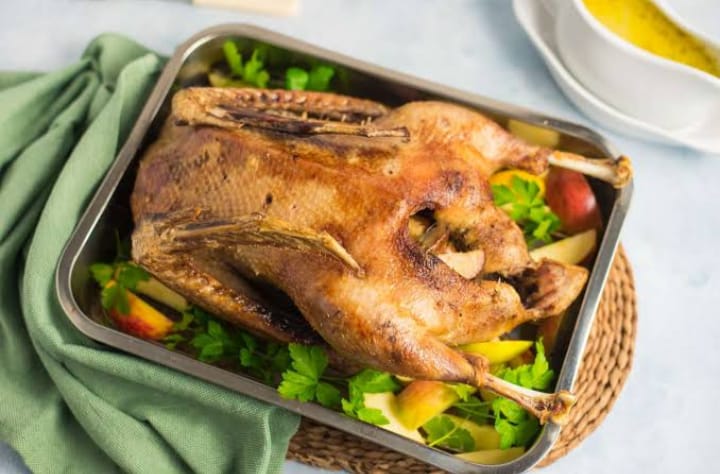
Potato Salad
“Kartofelsalat” is a classic and sometimes hearty side dish that accompanies the main course, typically meat or sausages. It commonly features a straightforward blend of boiled and chopped potatoes, complemented by additional ingredients like pickles, onions, or crispy bacon. Some variations include mayonnaise, while others offer a “light version” with yogurt for those watching their diet.
It’s crucial to note that not every dish graces every table across the country due to numerous regional variations. For instance, potato salad is a common feature in the southern part of Germany, and in specific areas, fish like carp or herring might substitute goose.
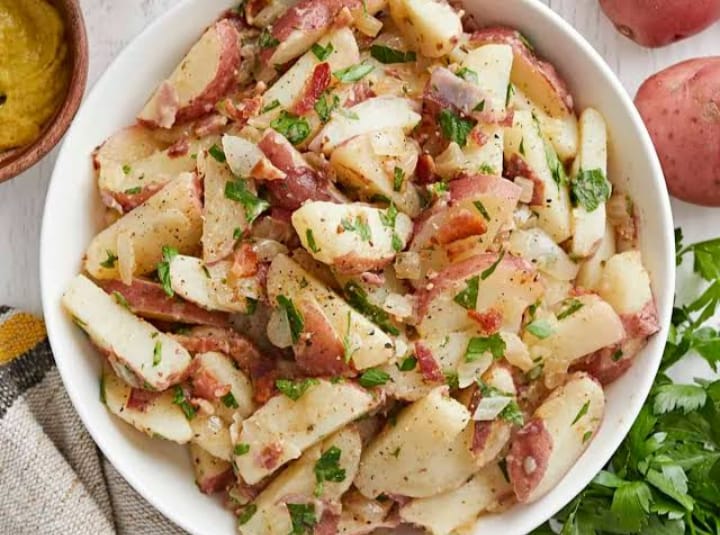
Gingerbread
Referred to as Lebkuchen or by various regional names like Lebzelten, Pfefferkuchen, Gewürzkuchen, or Honigkuchen, sweet cakes take center stage as iconic German Christmas cookies. The unique aroma they exude adds to the festive ambiance, defining the spirit of the holidays and Christmas markets throughout the country.
Read also: Spread Christmas cheer with these 10 holiday greetings in German
In addition to the cherished turtledoves, Christmas markets display an array of products, ranging from gingerbread houses and human figurines to stars, angels, sheep, and shepherds. The gingerbread house, evoking memories of the renowned Brothers Grimm fairy tale “Hansel and Gretel,” holds a special place. These delightful treats grace German homes leading up to Christmas but also take center stage during the festive Christmas dinner. Many families engage in the tradition of baking their own gingerbread figurines, turning this activity into a cherished ritual that fosters family unity, especially during the holiday season.
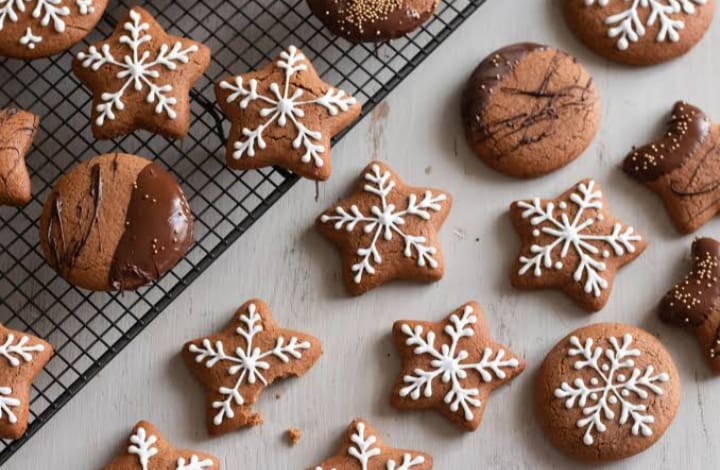
Christmas strudel
“Strudel – always strudel,” one might presume. Yet, during Christmas dinner, this iconic dessert undergoes subtle transformations. The Christmas strudel boasts a slight variation in its external appearance compared to the usual version, with the difference lying in the ingredients. Introducing pine nuts alongside the typical apples and raisins imparts a distinctive peppery aroma and flavor to this festive dessert.
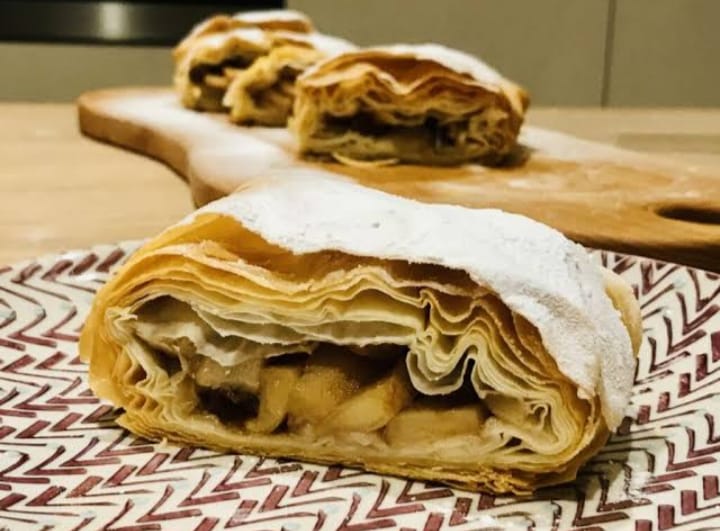
Mulled wine
Glühwein is a well-known dry red wine infused with spices and lemon flavors, regarded as the perfect beverage by Germans. The array of German mulled wine extends to include options with varying alcohol content, ranging from lighter to stronger choices. The addition of rum, brandy, or herbal liqueurs is at the discretion of each cook, catering to individual preferences.
